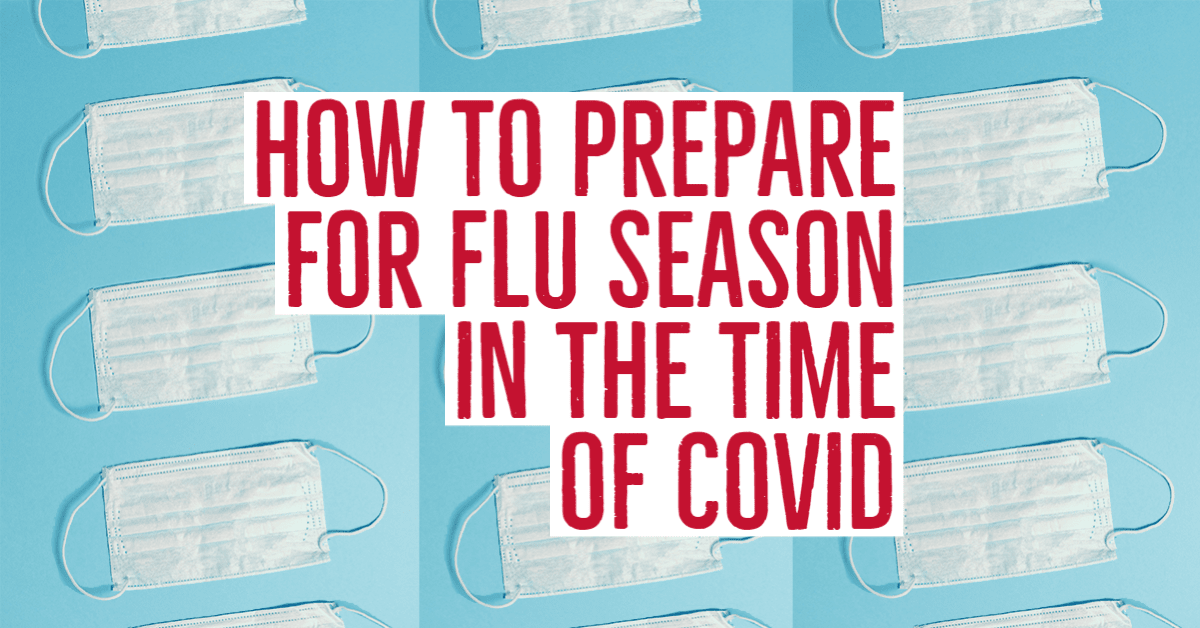4 steps to protect yourself and others from getting sick during Flu Season

The Coronavirus pandemic is still going strong, and it is about to run headlong into another deadly infectious disease – the flu.
The flu is a viral infection that affects the nose, throat, and lungs, and makes an estimated 39 million people every season, according to the CDC.
So what is going to happen this fall and winter with both COVID-19 and the regular flu season happening at the same time?
Well, no one knows for sure. But there are things you can do to protect yourself, your family, and your coworkers — and keep hospitals and first responders from getting overwhelmed.
What is the outlook for the flu season?
In the U.S., flu season can start as early as October, though it sometimes doesn’t rear its head until January or February.
To get an idea of how heavy or light our flu season will be, we can sometimes look to patterns in the Southern Hemisphere. The good news is, so far, South Africa and Australia have both reported lighter than usual flu seasons. Influenza viruses and the coronavirus spread in similar ways, so it’s likely that masking, physical distancing and other actions people are taking to contain the coronavirus are also reducing the spread of the flu.
But it’s not always a guarantee that the U.S. will see the same kind of flu activity as those countries, only time will tell for sure.
How to Prepare for Flu Season during the pandemic
Both the flu and COVID-19 can be serious illnesses. Here’s what you can do to be prepared for flu season:
1. Get your flu shot: Studies show that the flu vaccine reduces your risk of flu illness overall and makes it less likely that you would get severely sick if you did become infected. There’s no vaccine for COVID-19, but there is for the flu, so we might as well protect ourselves against the one we know we can protect ourselves from. Plus, getting a flu shot protects those around you as well. The CDC recommends that everyone over the age of 6 months gets vaccinated. And the CDC is also recommending getting vaccinated at the beginning of flu season this year.
2. Stay vigilant with safety precautions: Like COVID-19, flu viruses spread through droplets that come out of a sick person’s nose or mouth. So, many of the things you’re likely doing to prevent the spread of COVID-19 — like wearing a mask in public, staying six feet away from others, and washing your hands frequently — could also reduce your chances of being exposed to a flu virus.
3. Know what to do if you get sick: The flu and COVID-19 have many overlapping symptoms, such as fever, cough, shortness of breath, and muscle aches. If you develop these symptoms, call your doctor. He or she can tell you what to do next and if you should be tested for the flu or COVID-19.
4. Stock your medicine cabinet: If you get a mild case of the flu or COVID-19, you’ll want to stay home until you feel better to avoid passing it on to others. Th CDC suggests keeping a few things handy in case this happens: a fever reducer like acetaminophen (Tylenol), ibuprofen for muscle aches, cough syrup, and a thermometer. If you have an underlying condition that puts you at greater risk for severe illness, it may also be helpful to have a pulse oximeter at home, which measures the levels of oxygen in your blood.
These are pretty common-sense precautions, but with the added layer of COVID-19 this year, they’re extra important. If we want to get back to more of a normal life — being able to go out to movie theaters and being able to send our kids to school safely — we’re going to need to practice all of these preventative measures and understand that we’re not only protecting ourselves, but we’re protecting those around us.
Remember, we’re all in this together.

